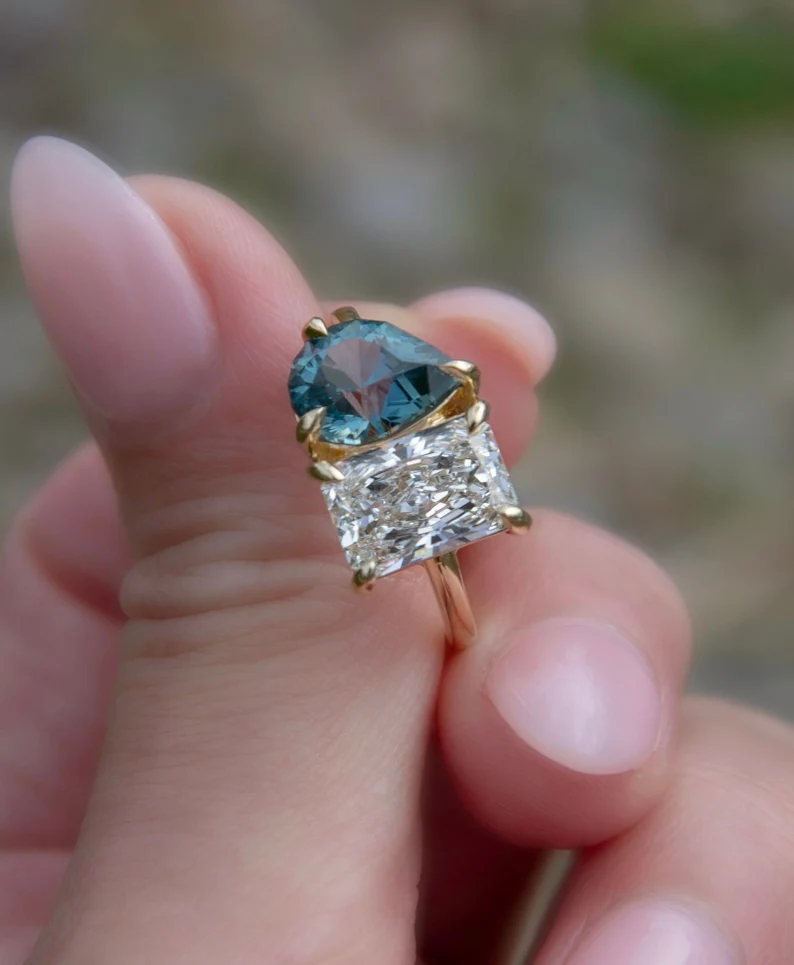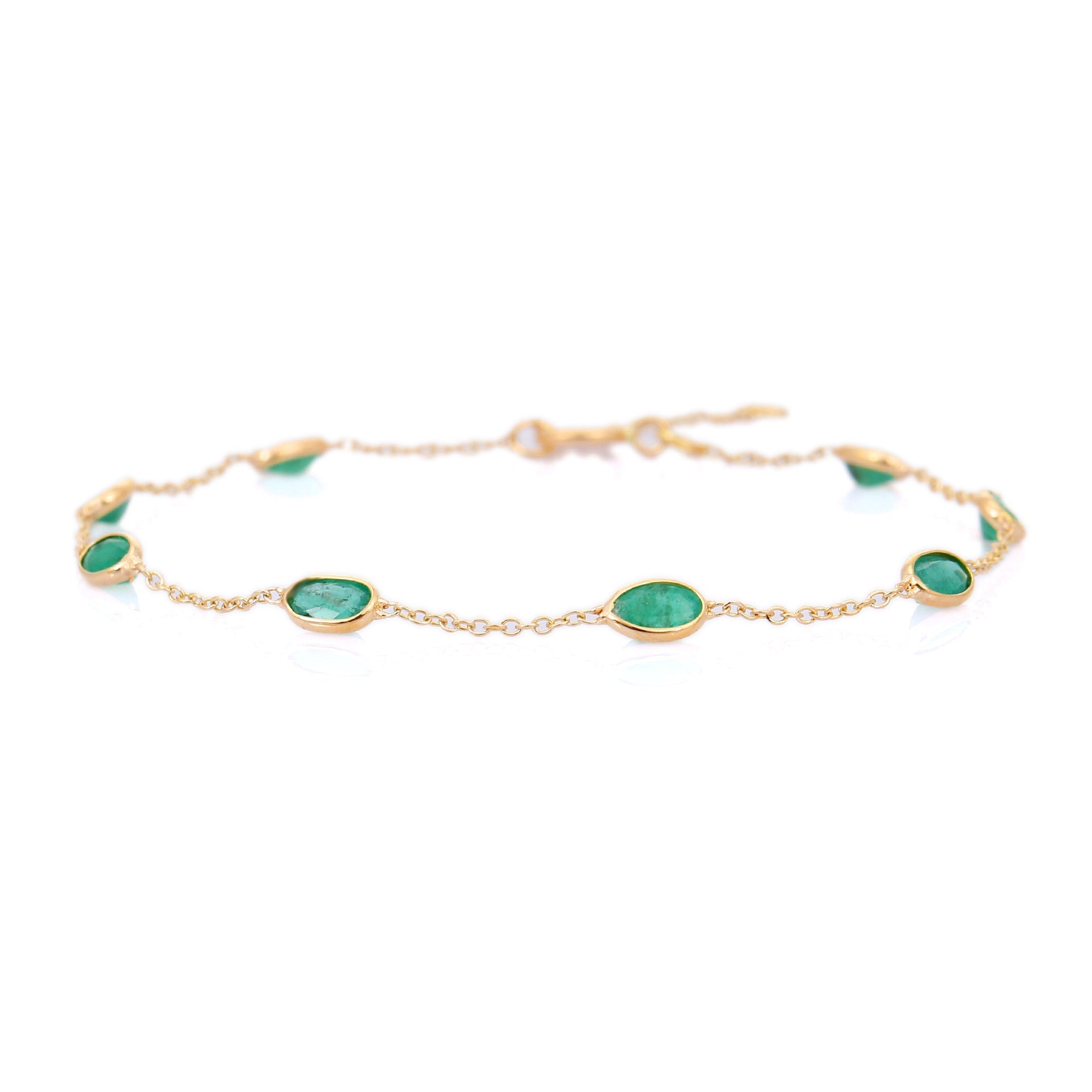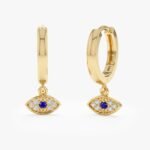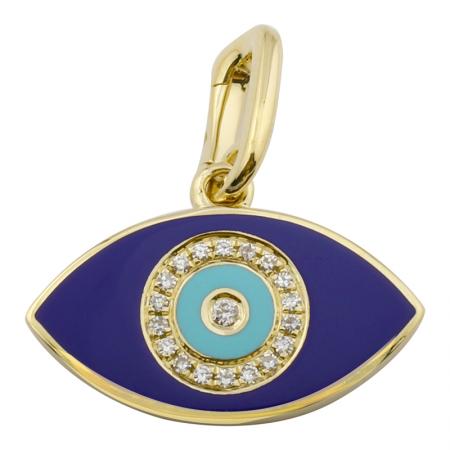ASTM F136 vs “Surgical Steel”: The Ear Piercing Label Americans Confuse

Many Americans see the phrase “surgical steel” on earring posts and assume it means the same thing as ASTM F136 titanium. That’s not true. ASTM F136 is a specific, implant-grade titanium alloy with known chemical and mechanical properties. “Surgical steel” is a vague marketing term that can refer to several stainless steels — some suitable for fresh piercings, others not. Knowing the difference matters because the metal affects corrosion, nickel exposure, and how well a piercing heals.
What ASTM F136 actually is
ASTM F136 is the standard designation for Ti‑6Al‑4V ELI — a titanium alloy used for surgical implants. The composition is roughly 6% aluminum, 4% vanadium, and the balance titanium, with tightly controlled low levels of oxygen, nitrogen and iron. The “ELI” means extra low interstitials, which improves toughness and fatigue resistance. ASTM F136 includes detailed requirements for chemical composition, microstructure, mechanical properties (tensile and yield strength), hardness, and corrosion resistance. Those controls make it predictable and biocompatible for implantation.
What people mean by “surgical steel”
“Surgical steel” is a non‑technical label used by jewelry sellers. It commonly refers to one of these stainless steels:
- 316L (UNS S31603) — Austenitic stainless steel containing ~16–18% chromium, ~10–14% nickel, and ~2–3% molybdenum, with carbon kept <0.03% for improved corrosion resistance. This is the standard for many body jewelry pieces.
- 316LVM — A vacuum‑melted version of 316L with fewer inclusions and tighter cleanliness control. It’s closer to “implant grade” performance.
- Lower‑grade stainless — Cheap pieces can be 304, 302, or other grades that have higher nickel or impurities and poorer corrosion resistance.
The problem is that sellers don’t always specify alloy grade. “Surgical steel” on a package could be implant‑grade 316LVM, or it could be a cheap stainless that releases more nickel. There’s no universal guarantee behind the phrase.
Why the difference matters for ear piercings
Three practical things to understand:
- Nickel exposure and allergies. Nickel is a common cause of contact dermatitis. Titanium (ASTM F136) contains no nickel, so it’s a safe choice for people with nickel sensitivity. Standard 316L stainless contains nickel; most people tolerate it, but those with a nickel allergy may react. 316LVM and well‑made 316L release less nickel, but the amount varies.
- Corrosion and long‑term stability. Implant‑grade materials are tested for corrosion resistance in body fluids. Titanium forms a stable titanium oxide layer and is highly corrosion resistant. Poorer stainless steels can corrode over time, especially if the plating or finish is damaged or if the jewelry is exposed to salt water or chlorinated pools.
- Predictability and cleanliness for fresh piercings. Fresh piercings demand predictable behavior: minimal irritation, low risk of allergic reaction, and surfaces that are easy to sterilize. ASTM F136 and properly specified 316LVM meet those expectations; unspecified “surgical steel” pieces may not.
Standards and labeling you can trust
Look for specific designations rather than marketing terms. Trustworthy labels include:
- ASTM F136 — Ti‑6Al‑4V ELI, implant grade titanium.
- ASTM F67 — Commercially pure titanium (grades 1–4). These are often used in jewelry and are suitable for fresh piercings if clearly specified.
- 316LVM or ASTM F138 — Implant‑grade stainless steel (vacuum melted 316L or standards for surgical stainless). These are acceptable for many piercings but contain nickel.
If a seller only says “surgical steel” without a grade, ask which alloy and whether it’s vacuum‑melted or implant grade. If they can’t answer, assume it might not be ideal for a fresh piercing or for someone with a metal allergy.
Practical recommendations for piercings
- Fresh piercings: Prefer implant‑grade titanium (ASTM F136 or ASTM F67 titanium 1–4) or 316LVM/ASTM F138 stainless steel from a reputable piercer. Titanium is safest for nickel‑sensitive people because it contains no nickel. Expect a healing time of ~6–8 weeks for earlobes and several months for cartilage; use materials that minimize irritation during that whole period.
- People with nickel allergy: Choose ASTM F136 titanium or commercially pure titanium (ASTM F67). Even small nickel release from stainless can cause dermatitis in sensitized skin.
- Lower cost or fashion jewelry: These may use lower‑grade stainless or plated metals. Avoid using them in fresh piercings. Once a piercing is fully healed, some people tolerate non‑implant metals, but risk remains.
- Size and finish: For initial studs, ask your piercer for smooth, polished posts with appropriate gauge (commonly 18–20 ga for lobes, but follow piercer guidance). Rough surfaces and poor finishes trap bacteria and delay healing.
Cleaning, care, and red flags
Use a saline soak or a sterile saline spray for cleaning. Don’t use alcohol, hydrogen peroxide, or harsh antiseptics long‑term; they dry and irritate healing tissue. Watch for signs of allergic reaction: itching, persistent redness, or a rash that spreads beyond the piercing site. Persistent pain, green or yellow discharge, or spreading swelling can signal infection — see a professional piercer or healthcare provider.
Bottom line
ASTM F136 is a specific, implant‑grade titanium alloy and is nickel‑free and highly biocompatible. “Surgical steel” is a vague marketing term that often means 316L stainless but can cover a range of qualities. For fresh ear piercings and for anyone with metal sensitivity, ask for implant‑grade titanium (ASTM F136 or ASTM F67) or explicitly specified 316LVM/ASTM F138 stainless. If the seller or piercer can’t name the alloy or the standard, don’t assume “surgical steel” equals implant grade.




